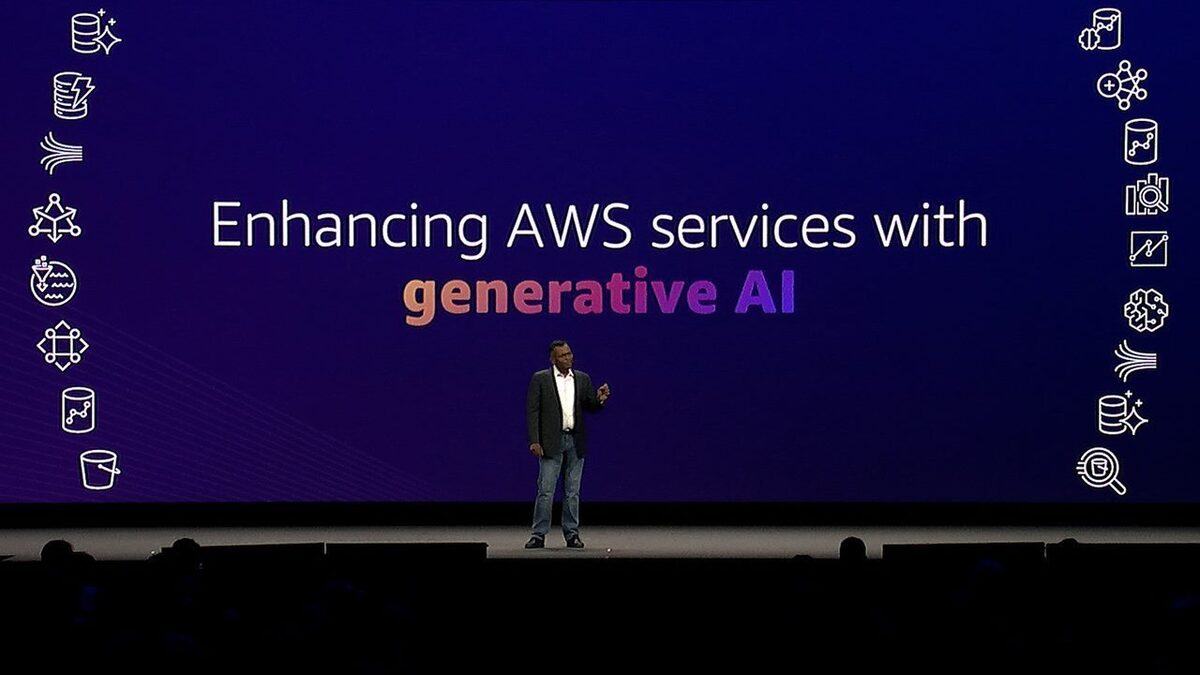
Amazon Web Services (AWS) has updated its generative AI service, Amazon Bedrock, to include new foundational large language models and tools.
Amazon Bedrock, which was released in April this year and is yet to be made generally available, will now allow organizations to choose foundation models from Cohere and new additional models from Anthropic and Stability AI, the company said at the AWS Summit New York.
The new models available as part of the service include Anthropic’s Claude 2 and Stability AI’s Stable Diffusion XL 1.0.
“Claude 2 can take up to 100,000 tokens in each conversational task prompt, meaning it can work over hundreds of pages of text, or even an entire book. Claude 2 can also write longer documents—like memos and stories on the order of a few thousand tokens—compared to its prior version,” AWS said in a statement.
On the other hand, Stable Diffusion XL 1.0 can be used to produce improved image and composition details over its predecessor with its ability to generate more realistic creations for films, television, music, and instructional videos, AWS said.
Other foundation models already available in Bedrock include Amazon Titan FMs, and models from AI21 Labs, Stability AI, and Stability AI.
Several organizations are already using Amazon Bedrock to create generative AI applications, including Bridgewater Associates, Coda, Lonely Planet, Ryanair, Showpad, and Travelers, AWS said.
Build virtual agents using Bedrock Console
AWS has added a new feature inside Amazon Bedrock that will allow developers to create fully managed virtual agents via a built-in wizard called the Bedrock Console inside the service.
Agents for Bedrock, which is still in preview, is targeted at accelerating the delivery of generative AI based applications that can manage and perform tasks by making API calls to an enterprise’s internal systems, AWS said.
These virtual agents use foundation models to understand user requests, break down complex tasks into steps, carry out a conversation to collect additional information, and take actions to fulfill the request.
In order to understand user requests, developers can help the foundation models to start reasoning user requests with a new technique called ReAct.
“Using ReAct, you can structure prompts to show a foundation model how to reason through a task and decide on actions that help find a solution. The structured prompts include a sequence of question-thought-action-observation examples,” the company said.
For these agents to work, organizations need to give them access to external data sources and connect them to the existing APIs of other applications so that the foundation models underpinning them can interact with them before reasoning out user requests.
After the agents are configured using the Bedrock Console, it then orchestrates the tasks with the help of FMs and performs API calls using AWS Lambda functions, the company said.
Amazon HealthScribe to create clinical summaries
AWS has also released a new generative AI service, dubbed Amazon HealthScribe, which can be used to summarize and create clinical summaries without the need for healthcare companies to train and build their own large language models after annotating their own data.
“With AWS HealthScribe, healthcare software providers can use a single API to automatically create robust transcripts, extract key details (e.g., medical terms and medications), and create summaries from doctor-patient discussions that can then be entered into an electronic health record (EHR) system,” the company said in a statement.
The service, powered by Amazon Bedrock and under preview, currently supports general medicine and orthopedic specialties.
To use the service, healthcare providers will need to integrate it into a clinical application.
Organizations such as 3M Health Information Systems, Babylon, and ScribeEMR are already using the service, AWS said.
Other updates announced at the AWS Summit New York include new generative AI capabilities in Amazon QuickSight, a vector search engine for Amazon OpenSearch Serverless, and a new service called AWS Entity Resolution to help organizations improve data quality.
Copyright © 2023 IDG Communications, Inc.
